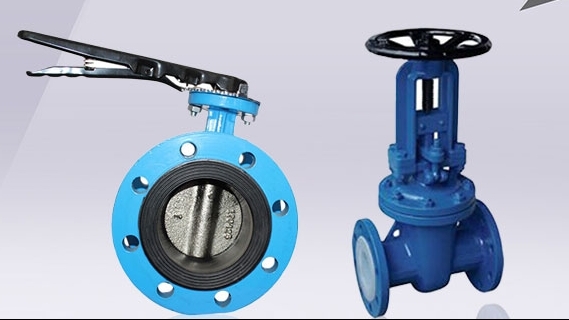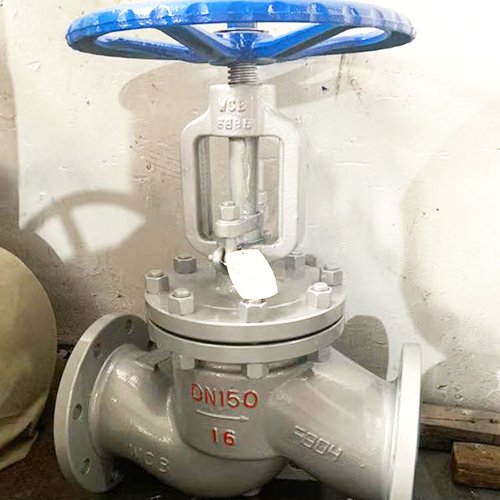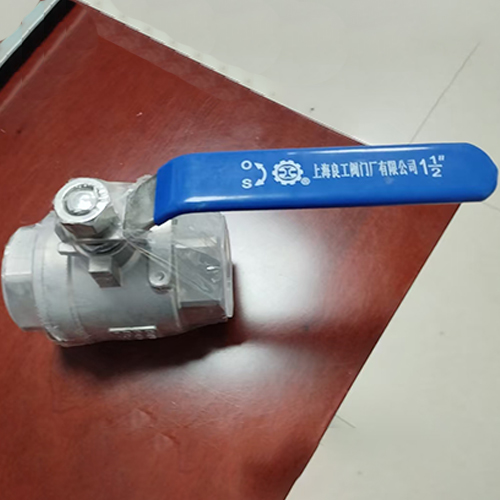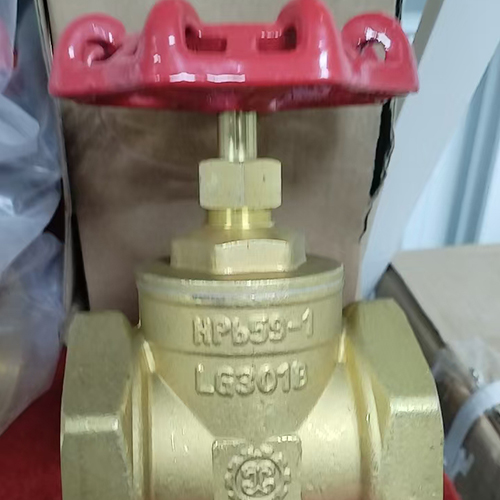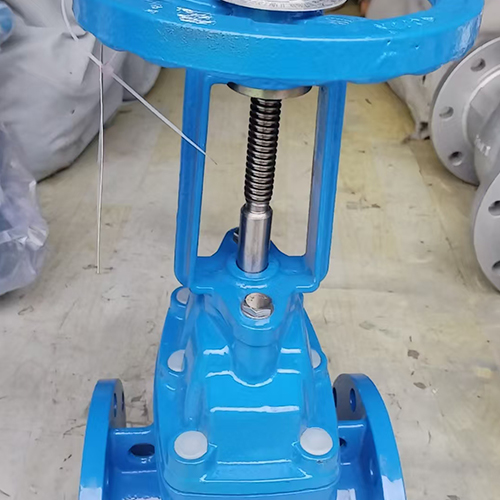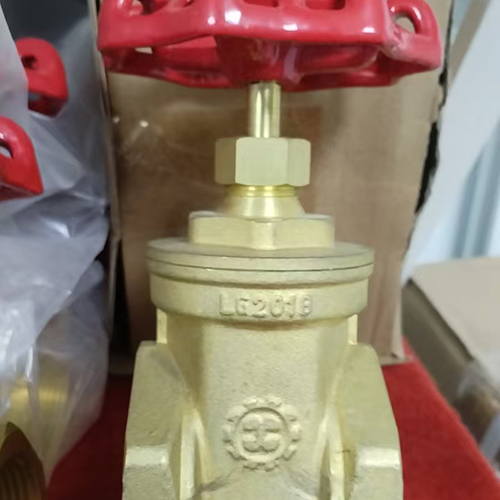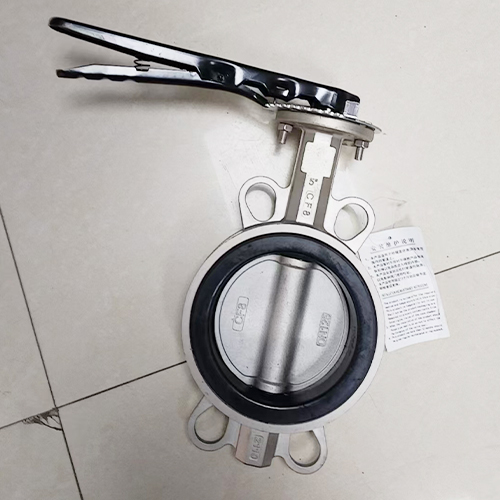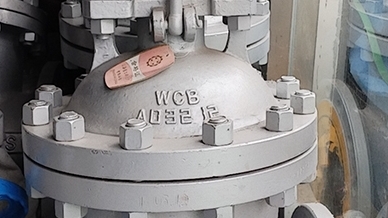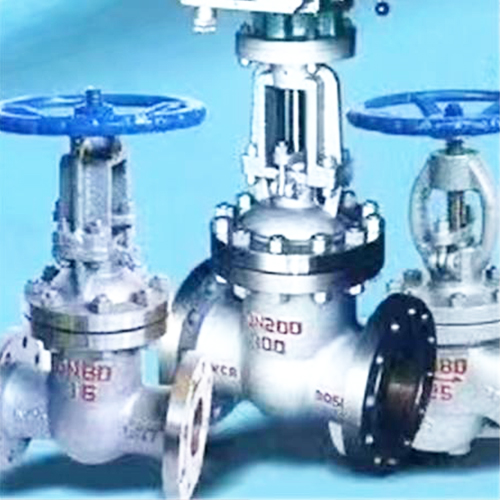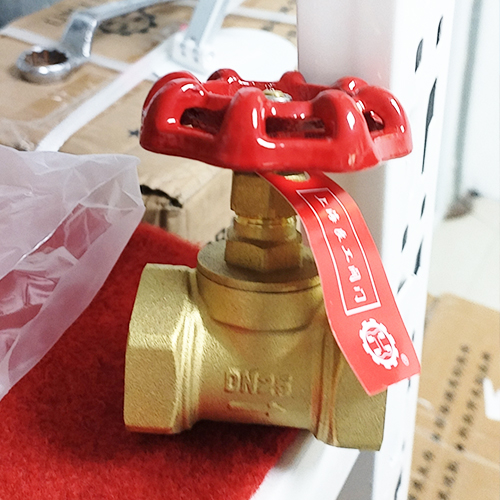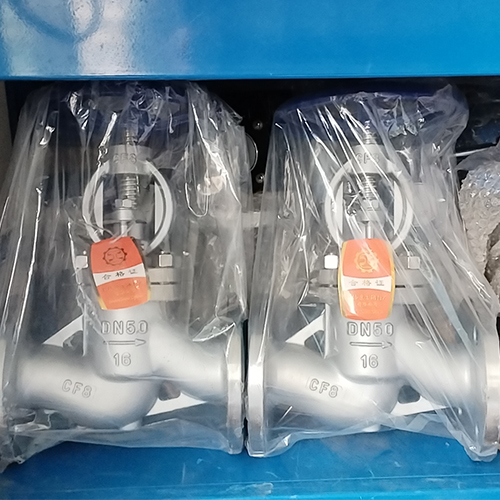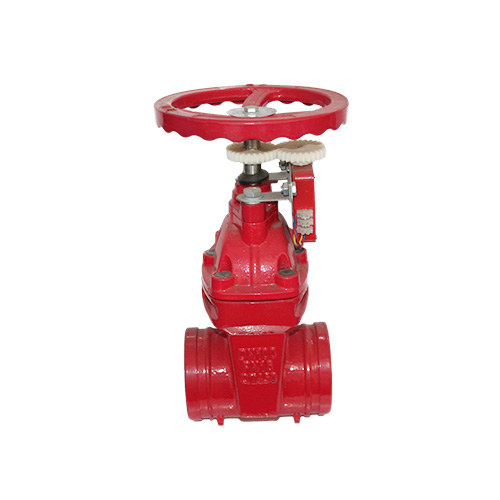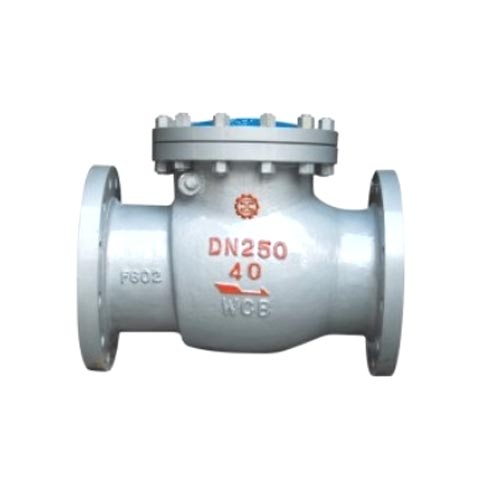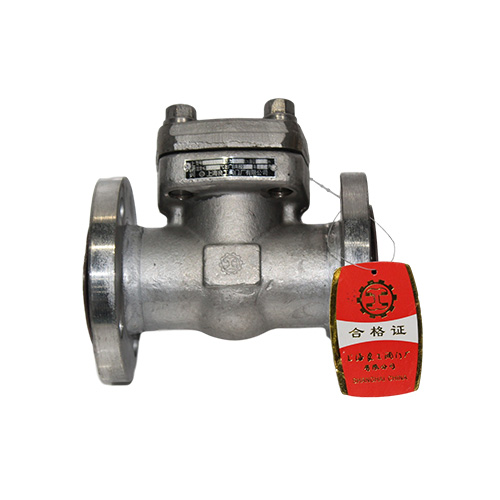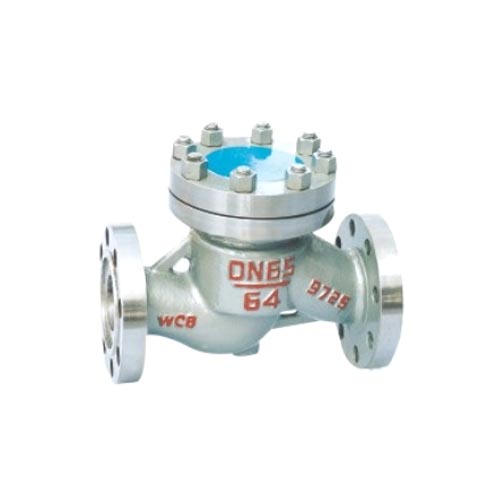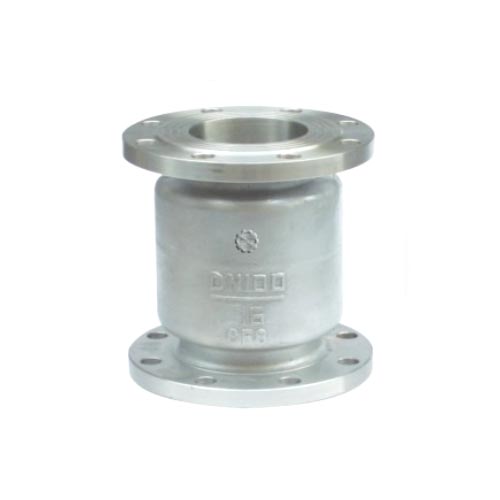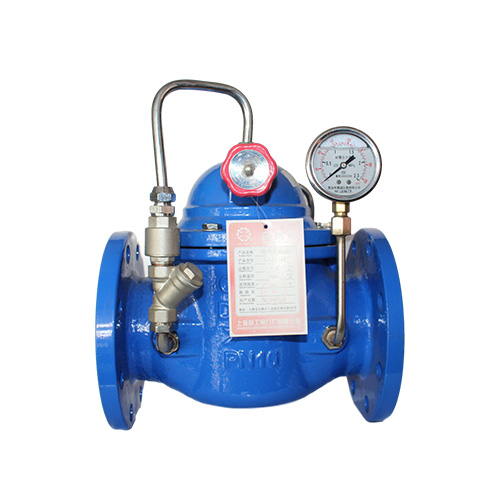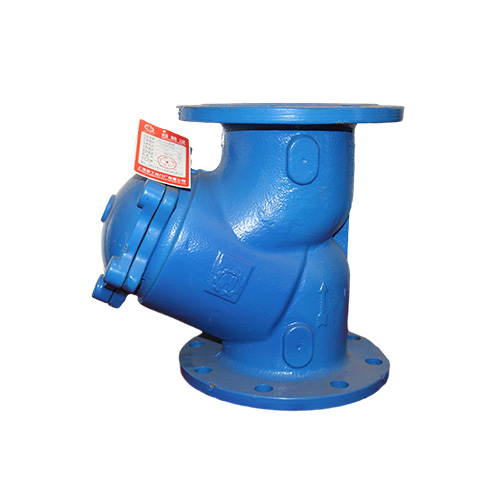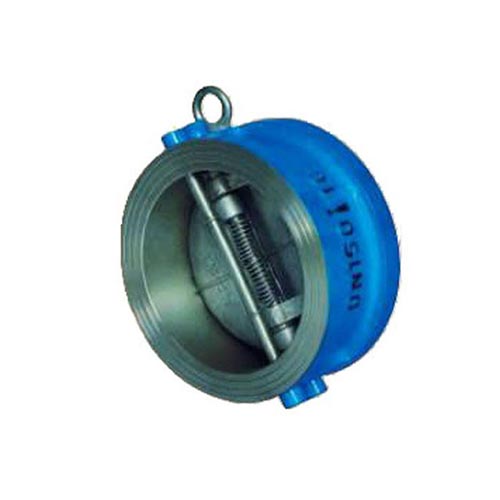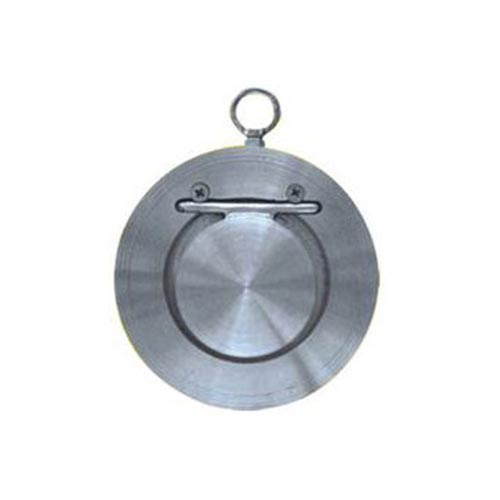阀门的计划维修
Planned maintenance of valves
阀门是设备和管道上的附件,它的维修应结合设备和管道的维修来进行。原燃料化学工业部规定的炼油厂设备维修检修规程中规定,炼油厂公称压力低于PNl6MPa、介质温度低于550℃的油品、蒸汽、水及各类气体的高、中、低压阀门,其修理内容分为小修、中修、大修三大类。各类包括的修理项目如下:小修:清洗油嘴、油杯,更换填料,清洗阀杆及其螺纹,清除阀内杂物,紧固更换螺栓,配齐手轮等。中修:包括小修的项目,解体清洗零部件,阀体修补,研磨密封件,矫直阀杆等。大修:包括中修项目,更换阀杆,修理支架,更换弹簧与密封件等。在室内修理的阀门,一般中、小修较普遍,但也应解体检查和更换垫片。阀门的带压维修带压维修阀门是一项复杂、危险、技术性强的工作。带压维修阀门除应胆大心细、慎重果断外,还应有严格的科学态度。特别是从事易爆、剧毒、高温、高压、放射性等介质堵漏工作,更应严格按事先确定的方案及有关安全规定进行。带压维修阀门时,应注意如下事项:维修过程中,要严格遵守防火、防毒、防爆等有关安全操作规程。在处理带压阀门的缺陷前,应提出处理方案,取得安全技术人员的同意并得到操作工的配合。
Valves are accessories on equipment and pipelines, and their maintenance should be carried out in conjunction with the maintenance of equipment and pipelines. According to the maintenance and repair regulations for refinery equipment stipulated by the Ministry of Raw Material and Chemical Industry, the repair of high, medium, and low-pressure valves for oil products, steam, water, and various gases with a nominal pressure lower than PNl6MPa and a medium temperature lower than 550 ℃ in refineries is divided into three categories: minor repair, medium repair, and major repair. The various repair items include the following: minor repairs: cleaning the oil nozzle and oil cup, replacing the packing, cleaning the valve stem and its threads, removing debris from the valve, tightening and replacing bolts, and equipping the handwheel. Medium repair: including minor repair projects, disassembly and cleaning of components, valve body repair, grinding of seals, straightening of valve stems, etc. Major maintenance: including intermediate maintenance projects, replacing valve stems, repairing brackets, replacing springs and seals, etc. Valves repaired indoors are generally subjected to medium and minor repairs, but they should also be disassembled for inspection and replaced with gaskets. Pressure maintenance of valves is a complex, dangerous, and highly technical task. Valve maintenance under pressure should not only be bold, meticulous, cautious and decisive, but also have a strict scientific attitude. Especially when engaged in leak sealing work for explosive, highly toxic, high-temperature, high-pressure, radioactive and other media, it is necessary to strictly follow the predetermined plan and relevant safety regulations. When repairing valves under pressure, the following precautions should be taken: during the maintenance process, relevant safety operating procedures such as fire prevention, gas prevention, and explosion prevention should be strictly followed. Before dealing with defects in pressurized valves, a treatment plan should be proposed, approved by safety technicians, and cooperated with by operators.
重要部位的处理要经过共同研究,按规定办理火票、毒票等手续,方能着手处理阀门的缺陷。处理缺陷的工作应由实践经验丰富的维修人员担任,现场人员不宜过多并有1至2名专门的监护人。应有周密的安全措施,以具备应付最坏情况发生的能力。维修人员及现场人员要按易燃易爆、高温高压、有毒、剧毒、强腐蚀等介质的防护措施规定,穿戴好防护工作服、鞋帽、手套以及防护眼镜。有毒、剧毒的阀门维修还应戴好防毒面具。在处理阀门缺陷过程中应设置安全挡板,同时应谨慎、细心,边干边观察,按规定方案进行。拧紧螺纹前,应对锈死螺纹加煤油清洗渗透,检查螺栓螺母是否完整;还应添加松锈液或一层石墨粉润滑螺纹。拧紧螺母时,不能用力死拧,以防螺栓螺钉断裂。焊接阀门时,要遵守焊接操作规程。应防止金属过热和变形,产生新的裂纹。对捻缝过的部位出现新的泄漏,不宜再次捻缝,以免扩大泄漏缺陷。
The treatment of important parts must undergo joint research, and procedures such as fire tickets and poison tickets must be handled according to regulations before starting to deal with valve defects. The work of handling defects should be undertaken by experienced maintenance personnel, and there should not be too many on-site personnel with 1 to 2 dedicated guardians. There should be thorough safety measures in place to have the ability to cope with the worst-case scenario. Maintenance personnel and on-site personnel should wear protective work clothes, shoes, hats, gloves, and protective goggles in accordance with the protective measures for flammable, explosive, high-temperature, high-pressure, toxic, highly toxic, and highly corrosive media. Toxic and highly toxic valves should also be repaired with a gas mask. During the process of handling valve defects, safety barriers should be installed, and caution and attention should be paid, observing while working, and following the prescribed plan. Before tightening the threads, clean and infiltrate the rusted threads with kerosene, and check whether the bolts and nuts are complete; Rust remover or a layer of graphite powder should also be added to lubricate the threads. When tightening the nut, do not apply excessive force to prevent the bolt and screw from breaking. When welding valves, it is necessary to follow the welding operation procedures. Metal overheating and deformation should be prevented from causing new cracks. If there is a new leakage in the area that has been sewn, it is not advisable to sew again to avoid expanding the leakage defect.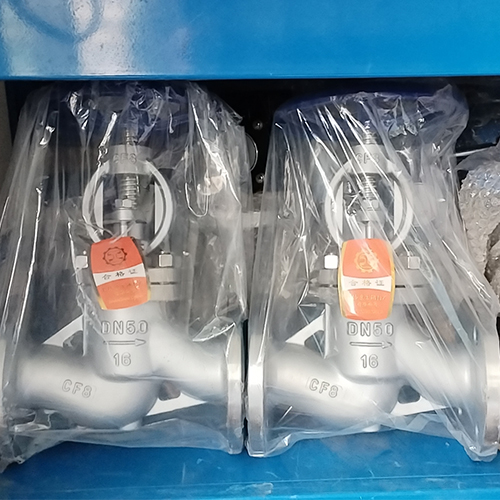
阀门的装拆螺纹连接装拆(1) 螺纹连接的防松方法阀门上常用螺母、弹簧垫圈、止动垫圈、开口销等连接件来防止螺母松动。阀杆与关闭件连接结构常采用止动垫圈卡紧法和带翅垫圈卡紧法防松,效果较好。此外,阀门用来防松的方法有骑缝螺钉(骑马螺钉)固定法和点铆法,这两种方法都用在不常拆卸的场合。点铆法是将螺母与螺栓啮合的螺纹处用洋冲点铆两点或两点以上的位置,使螺纹处相互挤压变形达到防松的目的。如果螺母松动用以上方法难以解决,可用粘接法。(2)左旋螺纹和右旋螺纹的识别正确识别螺纹是左旋还是右旋,是阀门装拆的最基本的知识。那么,怎样才能弄清螺纹是左旋还是右旋呢?可以借助该阀件上的内螺纹或外螺纹来确定。一般情况下,它们成正反螺纹结构,以防止螺纹松动。如阀杆、阀杆螺母上的螺纹连接:阀杆螺母上的紧圈为左旋,手轮上的螺纹为右旋,阀杆螺母的梯形螺纹为左旋。此外,螺纹的升角是向左边升的螺纹叫左旋;反之为右旋。(3) ?拆装螺栓的方法螺栓的拆卸和装配方法通常与连接形式、损坏和锈死程度等因素有关。
Valve assembly and disassembly: Threaded connection assembly and disassembly (1) Anti loosening methods for threaded connections. Valve connectors such as nuts, spring washers, stop washers, and split pins are commonly used to prevent nut loosening. The connection structure between the valve stem and the closing element often adopts the locking method of the stop washer and the clamping method of the winged washer to prevent loosening, which has a good effect. In addition, the methods used to prevent loosening of valves include the saddle screw fixation method and the point riveting method, both of which are used in situations where disassembly is not common. The point riveting method is to use a punch to rivet two or more points on the threads where the nut and bolt are engaged, so that the threads are mutually compressed and deformed to achieve the purpose of preventing loosening. If the loosening of the nut cannot be solved by the above methods, the bonding method can be used. (2) The correct identification of left-hand and right-hand threads is the most basic knowledge for valve assembly and disassembly. So, how can we determine whether the thread is left-handed or right-handed? It can be determined by using the internal or external threads on the valve component. Generally, they form a positive and negative thread structure to prevent thread loosening. The threaded connection on the valve stem and valve stem nut: the tightening ring on the valve stem nut is left-handed, the thread on the handwheel is right-handed, and the trapezoidal thread on the valve stem nut is left-handed. In addition, threads with a rising angle to the left are called left-hand threads; Conversely, it is right-handed. (3) The method of disassembling and assembling bolts is usually related to factors such as connection form, damage, and degree of rust.
下面着重介绍双头螺栓的拆装;锈死螺栓螺母的拆卸;断头螺栓的拆卸方法。① 双头螺栓的拆装方法
The following focuses on the disassembly and assembly of double headed bolts; Dismantling of rusted bolts and nuts; The disassembly method of the broken bolt. ① Disassembly and assembly method of double headed bolts
双螺母并紧一起的拆卸和装配双头螺栓的方法。当要拆卸双头螺栓时,上扳手将上螺母拧紧 ?在下螺母上,下扳手用力将螺母反时针方向转动, ?螺栓就会拧出。如果双头螺栓为反丝(左旋)的话,上扳手拧紧螺母,下扳手用力将螺母顺时针方向拧出螺栓;当要把双头螺栓装配到阀件上时,下扳手压紧下螺母,上扳手顺时针方向用力旋转上螺母,就可将双头螺栓拧紧在阀体上。如果双头螺栓为反丝的话,下扳手压紧下螺母,上扳手逆时针方向旋转上螺母,就可拧紧双头螺栓。另一种拧紧双头螺栓的方法是用特制的螺帽,上面有一只螺钉,起并紧双头螺栓的作用,螺帽内螺纹与双头螺栓同一规格。用时将双头螺栓旋入螺母中并紧螺钉,然后拧转螺帽,就可拧转双头螺栓。② 锈死螺栓螺母的拆卸方法锈死和腐蚀的螺栓和螺母拆卸前,应用煤油浸透,并弄清螺旋方向,然后慢慢地拧松1/4左右,退回原来位置;这样反复进退几次,就可逐渐拧出螺栓。也可用手锤敲击螺栓及螺母四周,将螺纹振松,然后再拧松螺栓螺母(但在敲击的过程中,不要敲坏螺纹)。用敲击法难以拆卸的螺母,可用喷灯或氧炔焰加热,使螺母受热膨胀,迅速将螺母拧出。对难以拆卸的双头螺栓,用煤油浸透后,可用管子钳卡在中间光杆位置上拧出。?③ 断头螺栓的拆卸方法螺栓折断在螺孔中,是拆卸中感到麻烦的事。
The method of disassembling and assembling double headed bolts with double nuts tightened together. When disassembling the double headed bolt, tighten the upper nut onto the lower nut with an upper wrench, and turn the nut counterclockwise with force with the lower wrench to unscrew the bolt. If the double headed bolt is counterclockwise, tighten the nut with an upper wrench and use a lower wrench to force the nut clockwise to remove the bolt; When assembling the double headed bolt onto the valve component, the lower wrench should tighten the lower nut, and the upper wrench should rotate the upper nut clockwise to tighten the double headed bolt onto the valve body. If the double headed bolt is reverse threaded, tighten the lower nut with the lower wrench and rotate the upper nut counterclockwise with the upper wrench to tighten the double headed bolt. Another method of tightening a double headed bolt is to use a specially designed nut with a screw on top, which serves to tighten the double headed bolt. The internal thread of the nut is of the same specification as the double headed bolt. When using, screw the double headed bolt into the nut and tighten the screw, then turn the nut to turn the double headed bolt. ② The disassembly method for rusted and corroded bolts and nuts: Before disassembling rusted and corroded bolts and nuts, soak them in kerosene and clarify the direction of the spiral. Then slowly loosen about 1/4 and return them to their original position; Repeat this process a few times to gradually unscrew the bolt. You can also use a hand hammer to tap around the bolts and nuts to loosen the threads, and then loosen the bolts and nuts (but do not damage the threads during the tapping process). Nuts that are difficult to disassemble by tapping can be heated with a blowtorch or oxyacetylene flame to cause the nut to expand and quickly unscrew. For double headed bolts that are difficult to disassemble, after soaking them in kerosene, they can be clamped in the middle of the rod with a pipe clamp and screwed out. ③ The disassembly method of a broken bolt is troublesome when the bolt breaks in the screw hole.
本文由 良工阀门 情奉献.更多有关的知识请点击 http://www.jnlgvf.com/ 真诚的态度.为您提供为全面的服务.更多有关的知识我们将会陆续向大家奉献.敬请期待.
This article is dedicated by Lianggong Valve For more related knowledge, please click http://www.jnlgvf.com/ Sincere attitude To provide you with comprehensive services We will gradually contribute more relevant knowledge to everyone Coming soon.
 企业公告:
企业公告:

